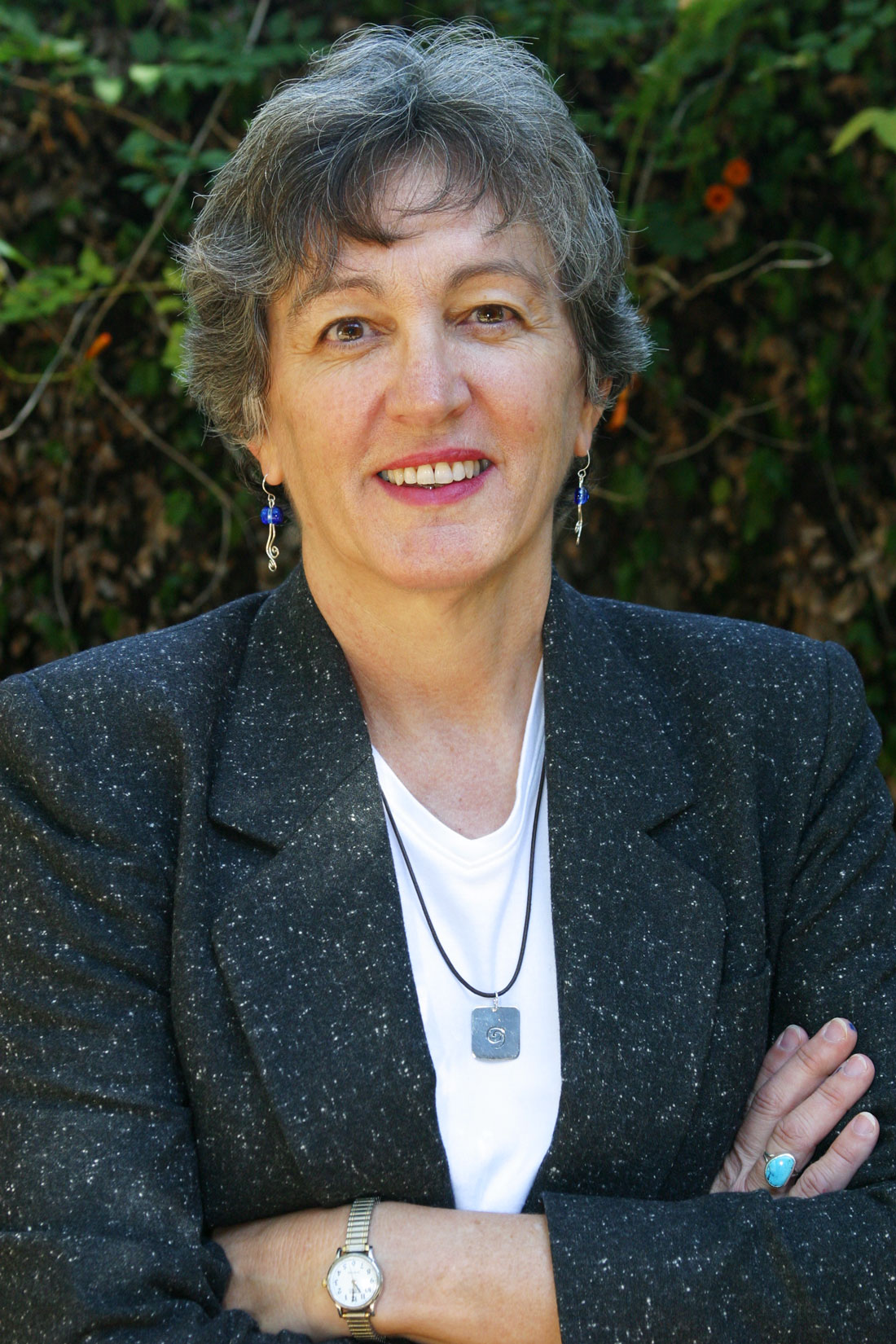For instance, Southern Methodist University, where I’m finishing my degree in journalism, has an official policy of nondiscrimination and makes noises about women being just as valuable as men. And yet I’ve learned that in practice the exact opposite is true.
This was clearly spelled out in the Daily Campus, the student newspaper, in a recent series, “A University Divided: Gender and Money at SMU.” The series, which I wrote with two other students, Elizabeth Bridges and Will Cannon, found that on virtually every important measure, female professors and administrators come up short.
Even sadder is the fact that this issue extends far beyond one campus. My university, which clearly undervalues women, likes to think of itself as “Harvard on the Hilltop.” At the real Harvard, President Lawrence Summers recently made comments about women being innately unable to hold top positions in science and engineering.
Our series reported that only about 20 percent of the tenured professors at SMU are female. Many women find this particularly galling given that females account for more than half of the undergraduate students.
“It’s always easier to confide in a female professor, and it’s hard to relate when there aren’t many around,” said Roxanne Dass, a senior journalism student.
Low pay is another sore point. It turns out that professors in the Cox School of Business and the Dedman School of Law are paid far more – in some cases, twice as much – as professors in the Meadows School of the Arts. Is it a coincidence that the professors in Cox and Dedman are overwhelmingly male, while Meadows has the highest proportion of female professors of any college at SMU? I think not.
The series also reported that women have been passed over when it comes to the very top positions at SMU. There has been only one woman dean in the university’s history – at, you guessed it, Meadows. And she was recently replaced by a man.
Many of the female students interviewed for the series said the lack of women professors sends a terrible message to students and the public. As Lizzie Lovelady, a junior theatre major, put it, “How can we be expected, as women, to strive for success when there are no examples of powerful women in our university?”
In fact, the series suggested that SMU students – who pay about $30,000 a year in tuition and fees – are getting shortchanged. We obtained a confidential study that showed that SMU pays less than Duke, Vanderbilt, and other “benchmark” schools that it often compares itself to. For example, in the area of pay for associate professors, SMU ranked dead last among the dozen benchmark schools.
What do these gender disparities mean? Faculty members and students said the result is that SMU often loses its best professors. “Many SMU staff are underpaid for the skill and commitment that they bring to their work,” said Rhonda Blair, a theatre professor and president-elect of the Faculty Senate. “This must be addressed.”
When does SMU plan to fix these problems? Not any time soon. “There are no concrete plans, but there will be,” said Robert Blocker, then SMU provost. “The Centennial campaign is my hope.” But that campaign won’t produce money for at least five years. And Blocker, who called the low salaries unacceptable, recently resigned.
During my time at SMU, I realized the place is all about secrets. The administration does a very good job of hiding the truth from students and the public. As much as I love the school, it needs to be whipped into shape. SMU leaders are sending the message that they don’t care about leveling the playing field. They don’t care that most of the women on campus have no powerful female role models to look up to.
What angers me more is that this is a national illness. In the U.S., women make up only about 36 percent of all tenured professors. I always thought college was the place where equality begins, where women had an equal voice, but in working on this series, I realized that’s not the case.
When I leave in December, I will remember the professors who have changed my life. And I will take with me the conclusion that we women still have a struggle ahead of us.
Michelle Parsons, from Dallas, is planning on a career in magazine writing.











